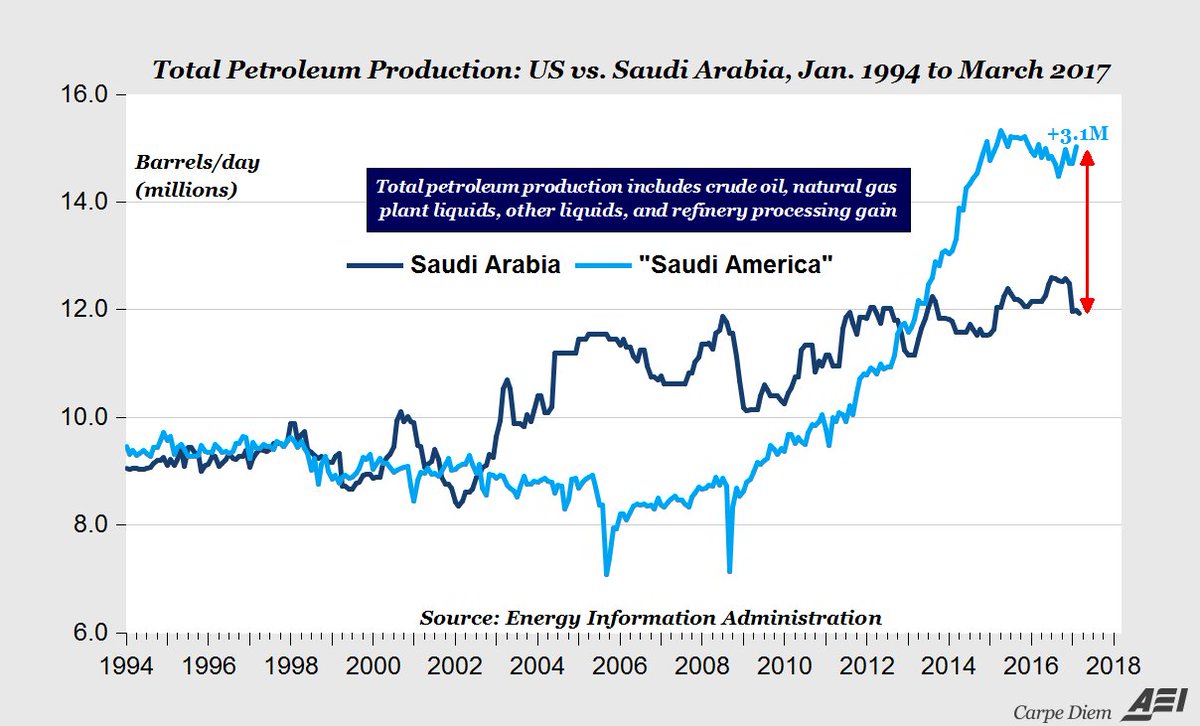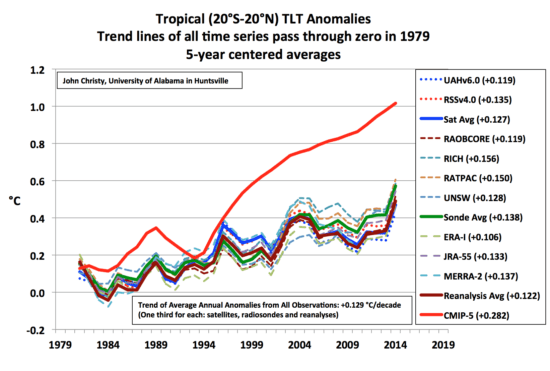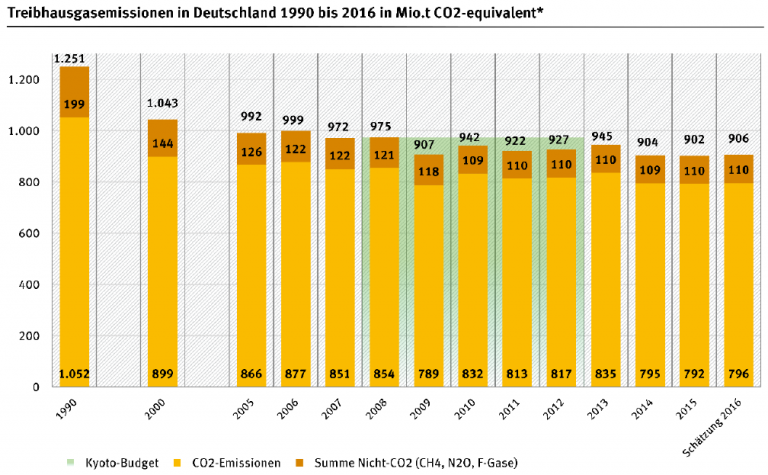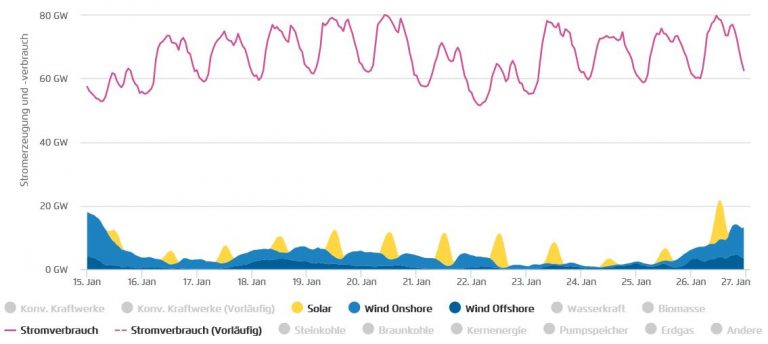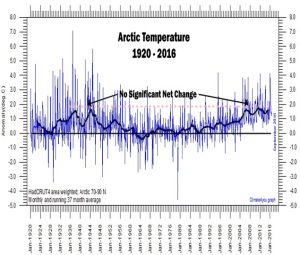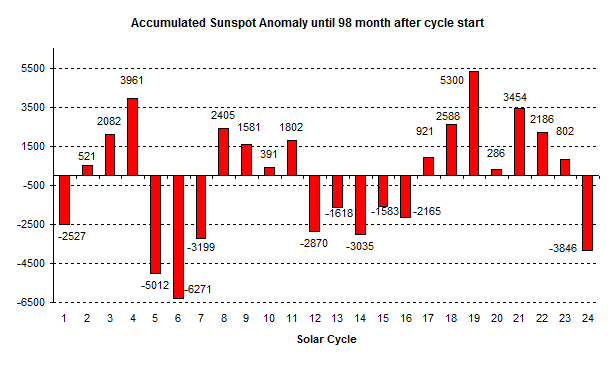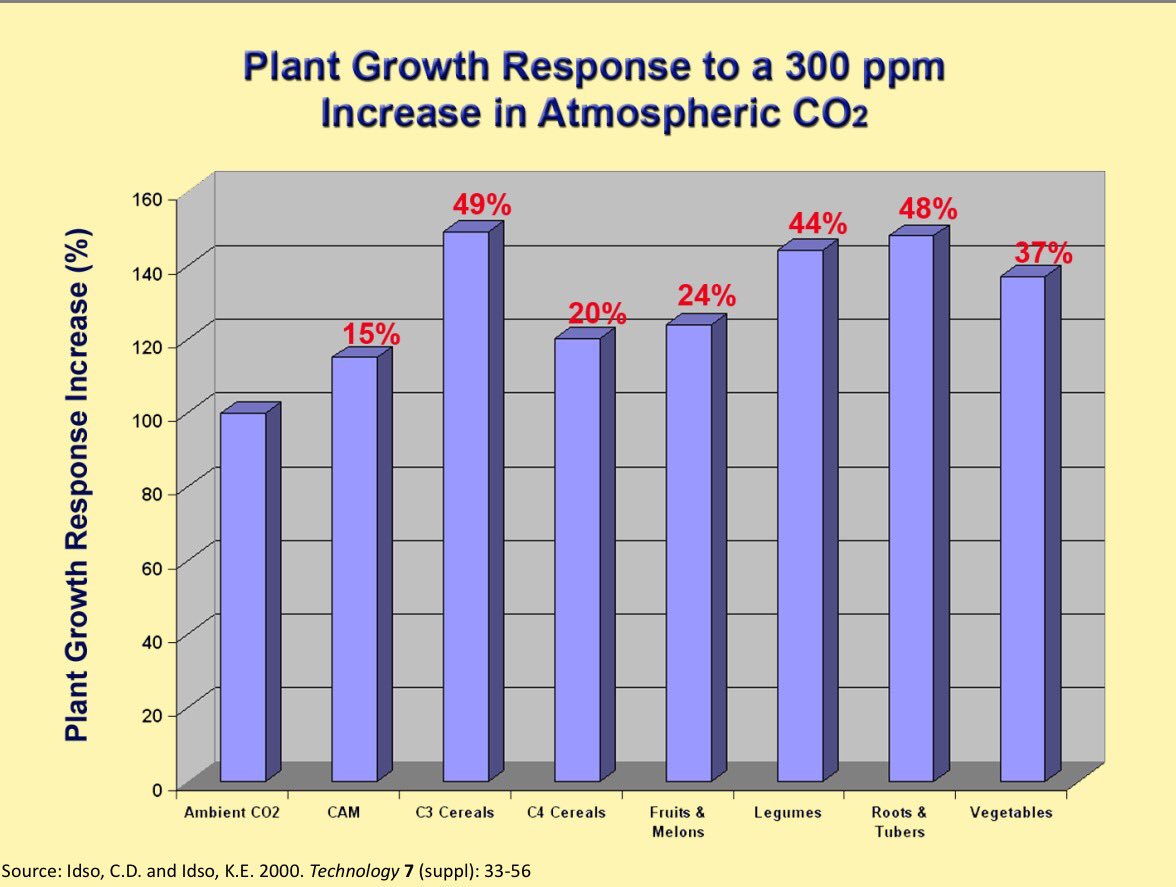The Secrets of the Faith of a True Believer
Johannes Herbst
including possibly some satirical expressions
The question and title of a former article here on WUWT was:
"Can the Left adapt to the Trump era? Watch their climate activists for clues."
I went trough the thread and found a lot of Rights or skeptics who even doubted if Trump will do something against the CAGW (catastrophic man-made global warming) meme. As there were no big clues what will happen, here is my humble opinion about the situation.
The Lefts
Just lets talk about the active Lefts: Scientists and teachers, young supporters and activists, media, politicians, party followers and green industry. They are not so much, but they are special: They have a big faith.
This faith is not founded on facts; the Lefts will even not listen to real facts if they do not fit to their belief. But they will everything embrace what will support their faith.
Yes, it is a strong faith. This faith ist not build upon facts. It is build on a story, one of the biggest and most told stories in this world: The story from Paradise.
The story from salvation of the nature and of mankind living in it in harmony with all creatures. But the paradise is not yet here, we see it just from a distance, or we grasp here and there a piece oft it.
And there are enemies who endanger the comming paradise: Egocentric guys and bad industries which are threatening to destroy it. But there are also heroes who are prepared to fight against the the bad guys and destroyers of the promised land.
Yes the left believers have already fought against the highest of the enemies and his demonic supporters. It seems that those have won, but the fight is not yet over. The true believers will continue, and if necessary in the underground as members of a resistance group. At least they feel like that.
Just because Trump has won the election, they will not give up, and even commands and violence will not destroy their will. When necessary, they even will suffer for their good cause.
So the scientists and teachers, the politicians, the press and other media, the activist groups and supporters, and their internet community will continue and not give in.
This was a description how hard-core lefts are oriented.
Okay, there are others, who just not believe in the climate stuff, and much more who are not interested in it at all. And than there are opportunists who will ever do what brings a benefit.
The Rights
The Rights may be right in many points, but they have a problem: They are against the big good story, they are not positive and they are nay-sayers. And very often they are cynical and angry and - at least as the Lefts perceive it - they are hateful.
And the Rights have another problem: They have no big story. A story has power - strong power - and can only be overturned by another good story.
So what will Trump do? Will he as a president openly declare, that CAGW is a lie and tat he will reverse everything which is connected to it? True, he said this once, but then he said it was a joke.
If he would openly oppose to CAGW and other left issues, there would be an open fight. And that is not his aim. I think he wants to make deals and not to divide the nation. So he will focus on goals which he can achieve easily. And during doing that, here and there he may correct something, together with other issues. Possibly including the chance for an open, free discussion. No big fight, but easy going.
And what to do with the believers of the big story? A wrong scientific theory normally will last as long the gurus of it get retired or until they die. Possibly we will get some support from nature, and get a very long pause of warming or even a cooling. For a real believer this is no problem. He will adapt his story. Like many religious groups have postponed the end of the world several times, they will also have explanations.
The hardcore green believers are possibly few, but they have key positions and they are the opinion makers. And they will not easily be overturned.
Thinking in new direction
But again - what shall we do with them? I think we need another big story. A positive, encouraging story - the story of the real paradise, starting here and now. And there must be visible success which fits to the story: Less poverty, more jobs, wealthy communities, and a blooming and growing nature.
Not only in America, even in other parts of the world. Not the usual development aid, which only helps the rich there, but support for other Nations to get wealthy as a whole.
Let's paint this picture and share it in an open, positive way. We see that the new social media can be distributors of new messages and stories, but not with the whole content. But they can point out to web sites, groups and video channels which step deeper into the the new story. In a convincing and encouraging way.
The problem is: Such positive and encouraging sites and channels are not easy to find. What can be found are sites with ranting and whining guys who talk about "the other side" as enemies. One example: I like to visit Breitbart, because I get there a lot of concise news about not so often heard stories. But when it goes to the comments, then what to read there is sometimes hard to bear. It is not fair and often even racist and hateful. Instead of using a unifying "we", they use the splitting "us and they". When we want to convince others we can only do in a fair, friendly and inviting atmosphere. And possibly a comment section is not always the best idea if you want to maintain a positive atmosphere.
When it comes to facts in websites and videos, then we often see lengthy videos of lectures with sensational titles and boring content. Or very long and for laymen not easy to understand articles. And endless discussions about physics, which should have been settled years ago. We need short and clear explanations, possibly in the form of courses and FAQs. We need fair statements about things we do not know. We need short video clips of few, say three minutes, which keeps up the interest to click for the next ones. We need videos with the ability to go viral and to reach out to everybody.
If this other big story and its positive outcome will be visible, then even the hardcore-lefts will start to think different.
I am not sure, if the Rights and the Skeptics are prepared for this. Long times they have been the oppressed ones. Possibly they have to learn a new role. I think Trump is a good example: Hard fighting when necessary, but relaxed and generous when the goal is achieved.
Johannes Herbst is a former German Green who went skeptic. He worked as self-employed Handicraft Master and vocational trainer. He founded and worked on a Craftsmen School for small-scale Renewable Energies in Tanzania, East Africa for seven years. At the time being he is designing and building long-lasting and affordable Houses. He is married and has five children.
